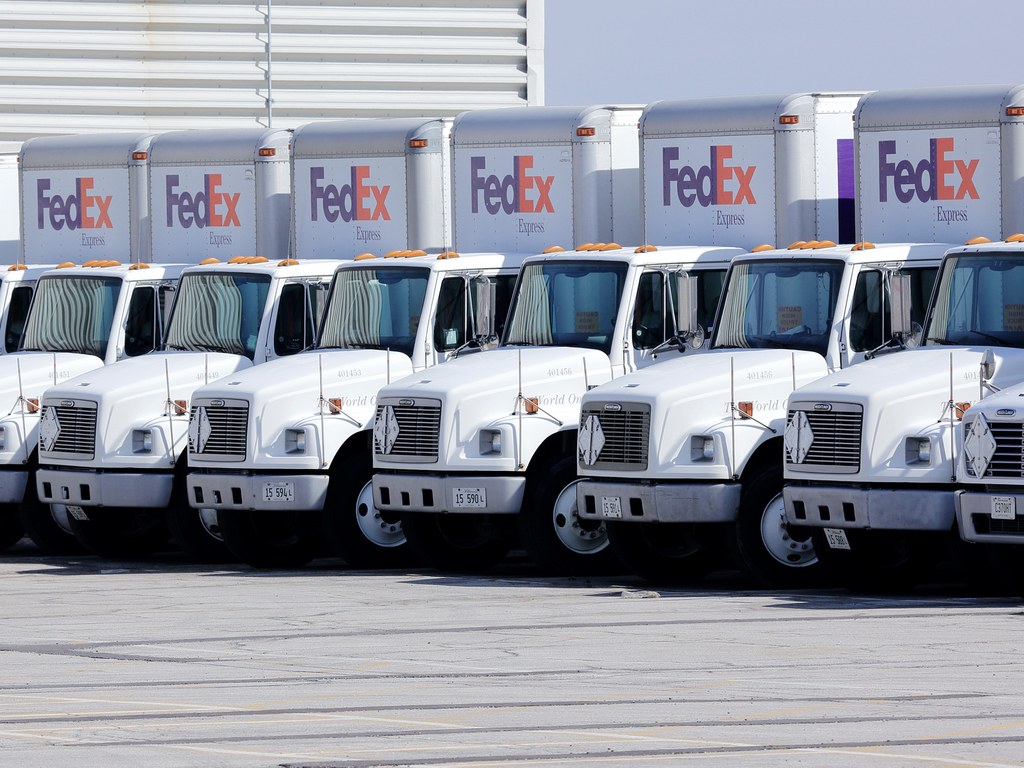
By Aarian Marshall
From the summer haze, and the cars and Ubers and bicycles and scooters and cement trucks and delivery vans and city buses that operate within it, emerges a white truck, the words “Belair Foods” and the image of a carrot plastered on its side. As a small crowd watches, the truck pulls into a parking spot. It parks.
It’s all pretty boring. The city of Washington, DC, hopes it’s the future.
The parking produce truck marked the beginning of a three-month collaboration between the city’s Department of Transportation and a startup called CurbFlow. CurbFlow is building what founder Ali Vahabzadeh calls “an air traffic control tower for city curb space.” Vahabzadeh founded Chariot, the private transit service that sold to Ford and shut down this year. He’s heard the complaints of transportation planners and providers: Curb space is super crowded. And it’s only getting worse—ride-hail use is up, and delivery apps are racing towards record revenue.
Think of everything vying for the curb these days: taxis and ride-hail companies, picking up and dropping off passengers; delivery trucks hauling raw materials to restaurants, and the delivery drivers from services like Uber Eats and DoorDash picking up the cooked food for customers; public transit agencies and work crews; bike- and scooter-share riders, and the people who charge and repair them; and regular folks, just hoping to park their cars.
It’s even worse when there’s no curb available. Taxis and Lyfts slow and let passengers off in the middle of the road, or swing into bike lanes. Delivery drivers double park and block traffic. (Together, FedEx and UPS paid nearly $49 million in parking fines last year in New York City alone.) Drivers circle for parking. In fact, a leading parking authority suggests that up to 30 percent of vehicles in downtown traffic are searching for parking. Some places—San Francisco, for example—have launched programs that change parking meter prices based on demand. But there’s no way for drivers to know when spaces are free before they arrive, even when they are willing to pay to use them.
Businesses are getting sick of it. Residents are getting sick of it. Cities are definitely getting sick of it—and, because it’s impossible to track the comings and goings of every vehicle in every parking spot, they don’t know the extent of the problem or who’s causing it. “There’s a recognition that someone has to do something,” says Alex Engel, who heads communications at the National Association of City Transportation Officials (NACTO). CurbFlow is one of a few curb-focused groups—along with Alphabet’s Coord and NACTO’s SharedStreets—that believes it has part of a solution: reorganizing and eventually finding ways to dynamically charge companies for curb space.
For the three-month pilot, CurbFlow has established nine locations throughout Washington that, based on data from partners like UPS and DoorDash, are the most frequented by commercial delivery drivers. T-shirted company “ambassadors” will be stationed at those locations, recording when those spots are occupied and by whom. Aggregated proprietary data from those businesses will also help inform the city about use of those spaces. Meanwhile, companies participating in the pilot, which also include some local restaurants and delivery services, will be able to see if those spots are occupied and reserve them in advance for 30-minute slots. (Eventually, CurbFlow needs to automate the work being done by the ambassadors; Vahabzadeh says the company is still nailing down details.)
At the end of the pilot, CurbFlow will submit a heat map, showing city officials who’s using those parking spaces and when. Eventually, it would like to charge to use the spot, just like a parking meter. At least some companies seem ready to pay a bit of money to do what is, today, mostly free. “We feel like curb management, and looking at the curb as dynamic, rather than static, is the way forward,” says Mariah Ray, who leads public policy and partnerships at DoorDash.
Other cities are running other curb-focused experiments, some more analog than others. In 2011, New York City officials worked with businesses on a busy Brooklyn thoroughfare to reconfigure parking and loading regulations, which also helped the city redesign its bus service. Seattle and the University of Washington have a research consortium—which includes Ford, GM, Nordstrom, PepsiCo, and others—dedicated to researching how to move goods “the final 50 feet” between the curb and a home or store. Coord and SharedStreets are dedicated to helping cities map the curb, which the companies believe is critical to providing curb-based services.
New York City is also testing a program that reserves some residential parking spaces for unloading trucks and taxi and ride-hail pick-ups and drop-offs. The results do not always make residents—especially those accustomed to free and nearly unlimited parking for their own cars—very happy. “We’ve been ignored and disrespected,“ one resident told the New York Daily News this week. “It’s unconscionable.”
Engel, with NACTO, believes that getting more residents on board is just a matter of time. “It’s really hard for people to picture how the street can work differently,” he says, noting some cities have been successful implementing solutions on a trial basis, which gives urban dwellers time to give feedback and adjust. Yes, produce trucks are boring. They can also make people very, very angry. Cities—and companies like CurbFlow—would like to find the middle ground.